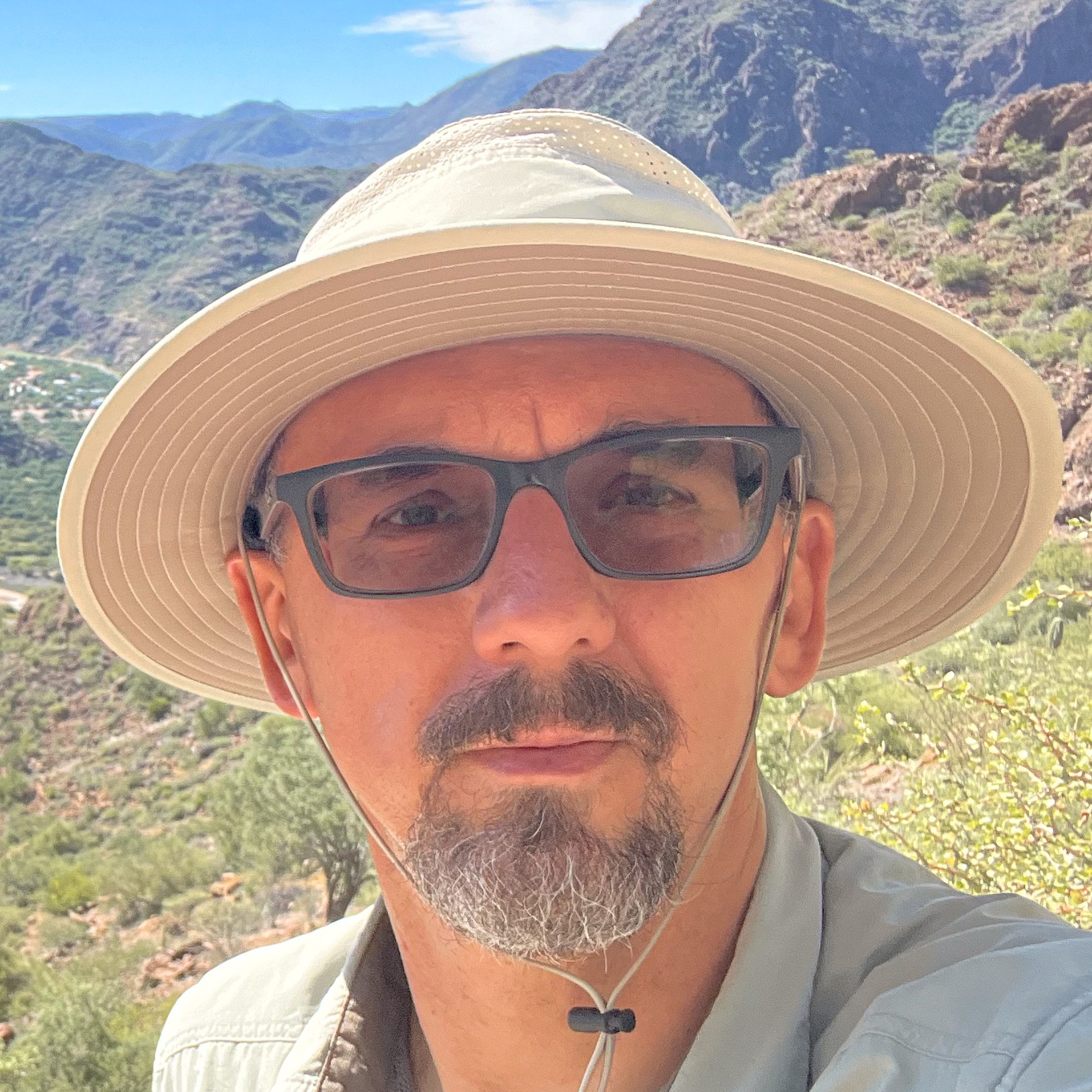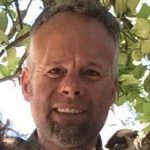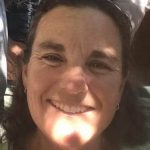SV QUE VENDRA SHARES TRIP REPORT FROM DRAKE BAY, COSTA RICA
SV QUE VENDRA
SHARES TRIP REPORT
FROM DRAKE BAY, COSTA RICA
Olena & Maciek from SV QUE VENDRA recently sailed into Drake Bay, Costa Rica. Drake bay is a quintessential anchorage on the north side of Cordova National Park one of the most biodiverse national parks in the world. The Bay can be quite protected and a great springboard for many shoreside adventures. Drake Bay has an air of historical relevance that leaves a lot to ones imagination.


Here SV QUE VENDRA share their report:


SY QUE VENRA 🇺🇸 Maciek & Olena – Outbound 46’


THANK YOU FOR SHARING YOUR ADVENTURE
Legend and Inspiration Found in the Boatyard
Legend and Inspiration Found
in the Boatyard
Raitea, French Polynesia
By Mike Descheemaeker of SV WHIRLWIND

A lot has changed since yachtsmen and women or personages de yachtie set out to sail the globe in the 1960s. Back then boats were built heavier and running rigging did not always involve winches to facilitate the hauling. Additionally, there were a lot more classic boats still active at that time which meant blocks and tackle, natural fiber lines and sails, full keels, belaying pins and sextants for offshore navigation.
Fast forward to 2024 and we are able to sail the globe more easily with a plethora of go-gadgets and fingle fangits that have made navigating and living onboard more accessible to a broad range of people. Modern yachts are equipped with lithium battery banks, mppt charge controllers, gps, chart plotters, ais transponders and receivers, blue tooth this and blue tooth. While rely on many of these new technologies aboard, I often question how safe it is to depend on them entirely. Furthermore, I also have a passion for classic sailing traditions which compels me to keep an eye on the older ways of doing things because when the gadgets throw a fit and need a good sorting out we need to have a solid backup plan. I practice with the sextant to be able to closely fix our position wherever we are. I love to read about famous sailors of old and how they navigated the high seas. I have long taken inspiration from the use of time tested techniques to the requisite resourcefulness of many sailors before me which is why I got a excited when I saw Bernard Moitessier's last boat, Tamata, at the boatyard recently.
For the last two and a half weeks SV WHIRLWIND has been on the hard at Chantier Naval de Iles Sous le Vent, or CNI, or Leeward Islands Boatyard in Raiatea, French Polynesia doing, among other things, a bottom job. Everyday, there were roosters next door to thank for sounding the alarm at first light to snap to and work the day away. ...And everyday there was SV TAMATA to reminding me of the classic resourcefulness and the spirit of adventure that makes for a truly self sufficient sailor and has inspired me for many years.

One of the first things I saw after the telltale red steel hull were cable clamps on the eyes of the standing rigging: Mechanical fittings, yes indeed, but not yachtsmen fittings. These cable clamps are industrial or agricultural hardware readily available right here in town beside the beer and produce at the magasins (french for 'general store'). Resourceful, practical, locally available, and affordable. Now, I am not suggesting that we replace our fancy yachtsmen rigs with farm hardware, or that cable clamps be recognized as a marine rigging hardware, but I take note that people have gone far in crazy conditions with this type of rigging and made themselves legends in the process. The beauty is in its simplicity and ability to be purchased locally which is something we seem to be able to lose sight of all too easily as modern sailors. With improved shipping times, costs, and import agents readily available to bring in almost anything, anywhere for a fee...self reliance seems to be slipping away. And yet, looking at TAMATA I am reminded of a truly self-reliant sailor and his boat before me.
Moitessier's story is held in awe by all sailors I have raced with. Along the racecourse we often make jokes about going around again because in the first of its kind 1968 nonstop Golden Globe circumnavigation race he made the remarkable decision to bypass the finish line and simply continue sailing nearly 2/3 of the way around again before stopping!?
"I continue without stopovers towards the Pacific islands, because I am happy at sea and perhaps also to save my soul."

It is not only his sailing that has given him legend status in my eyes. He is also known as a minimalist, a sailing mystic, and a pacifist/environmentalist even though he spent time in the French navy during the Indo-Chinese war in Vietnam. His biography, Tamata and the Alliance, tells the tale of a man torn between family, country, and friends in the depths of war. It goes on thru his whole life after leaving Indochina on a leaky Marie-Thérèse in 1952 and crossing the Indian Ocean during monsoon season. This voyage unfortunately came to a abrupt halt on a reef near Mauritius and loss of his boat. He got a job on a freighter and headed back to France to start over. He worked at a medical supply company and wrote his first book (Vagabond des Mers du Sud) about his sailing journeys. With the proceeds from this book he and his wife built a famous ketch, Joshua, named after Slocum. They sailed Joshua from France into the South Pacific hoping to circumnavigate the globe. With time and money running out they turned back east around Cape Horn towards France. Sailing non stop from Tahiti back to France they logged the longest non stop yachting record at that time. The legendary Golden Globe Race during which he continued around the world another 2/3 lap brought him back in Tahiti. Here he became part of a group of locals and sailors resisting atomic tests in the Tuamotus. After battling to windward from the Societies a group of yachts and their crews placed themselves and their boats in the target area to try and halt the French bomb testing. A disruption occurred but a halt was not achieved. Moittesier also tried to minimize development along the Papeete waterfront.
It has been over 50 years since the Golden Globe race brought competitive non-stop solo circumnavigation into focus. It has been over 50 years since Robert Knox Johnson won the race after sailing 312 days nonstop and Bernard Moitessier dodged the finishline to keep on sailing. New races are underway testing new sailors, new vessels, and new technologies. Currently, the Vendee Globe race is underway from Brittany around the southern ocean and back to France. With amazingly modern foiling mono hulls matched with Uber modern electronics, oh so sweet sails and furlers solo sailors are blasting thru the ocean at speeds well over 20 kts for days and weeks on end doing the rounding in 80 or 90 days not 312. After starting in the early morning hours from Vendee after experiencing the massive crowds cheering each sailor as they get underway and head for the start line the sailors say 'adieu' and take off on there very own trip. The brave sailors of the Vendee Globe race are right now pushing themselves and their boats to the limit seeking glory on the main stage but more importantly something inside themselves separate from the podium or press.
What is that something? Something that pushes them. Something that inspires them. Something that humbles them. Something that give them the chance to prevail. Something that gives them a chance to connect with the legendary sailors, adventurers, and explorers that came before them and the ocean all around them. Whether part of a race or not, it takes a leap of faith to believe in yourself, your vessel, and your crew, a whole lot of courage, and a little bit of crazy to hop across an ocean, to watch the land slip below the horizon and not come up ahead for many days. And it takes self reliance to rock on anchor in paradise, to chase our dreams, to push our limits. While so much has changed some things at the core really just have not.
Side Note: I have to say that hauling at CNI was an incredibly pleasant boat yard experience. As in many places in French Polynesia there are free range fowl and they are a crack of dawn wakening force. The rooster alarm clock system is top notch and I’m rarely asleep after 0530 which is great because nothing happens on the bottom of my boat from the rack. From the topsides on the stands I have both mountain and reef surf sunset views that are incredible! There is a Mediterranean food truck in walking distance that dishes up the most incredible gyros this side of Gibraltar! Taputu, Punuarii, Ioane, Jacques and Nathalie went beyond and above to make my time on the hard prosperous for Whirlwind. Having a bunch of French sailors around really raises the bar on standards of workmanship especially in the sailing department. Couple that with the traditional boat building skills and general care of the local folks being honed into modern materials and techniques and you have a very solid platform for taking care of your boat. It’s amazing how many boat fabrication operations there are scattered around the area. CNI uses a hydraulic trailer which always gives me a bit of pause but, even with a 6.7’ draft, I had no issues and never felt concerned. Their jack stands and blocking materials are first class. With a huge array of Lagoons and Outremers in storage or being worked on the front yard looks like a showroom for French catamaran. There is a huge knowledge base for these types of boats here. If you need to haul out and store, get work done, or diy I would not hesitate to give CNI a shout.
contact@cnislv.com
SY WHIRLWIND 🇺🇸 Maurisa, Mike, Russell & Josea – Alajuela 48’






